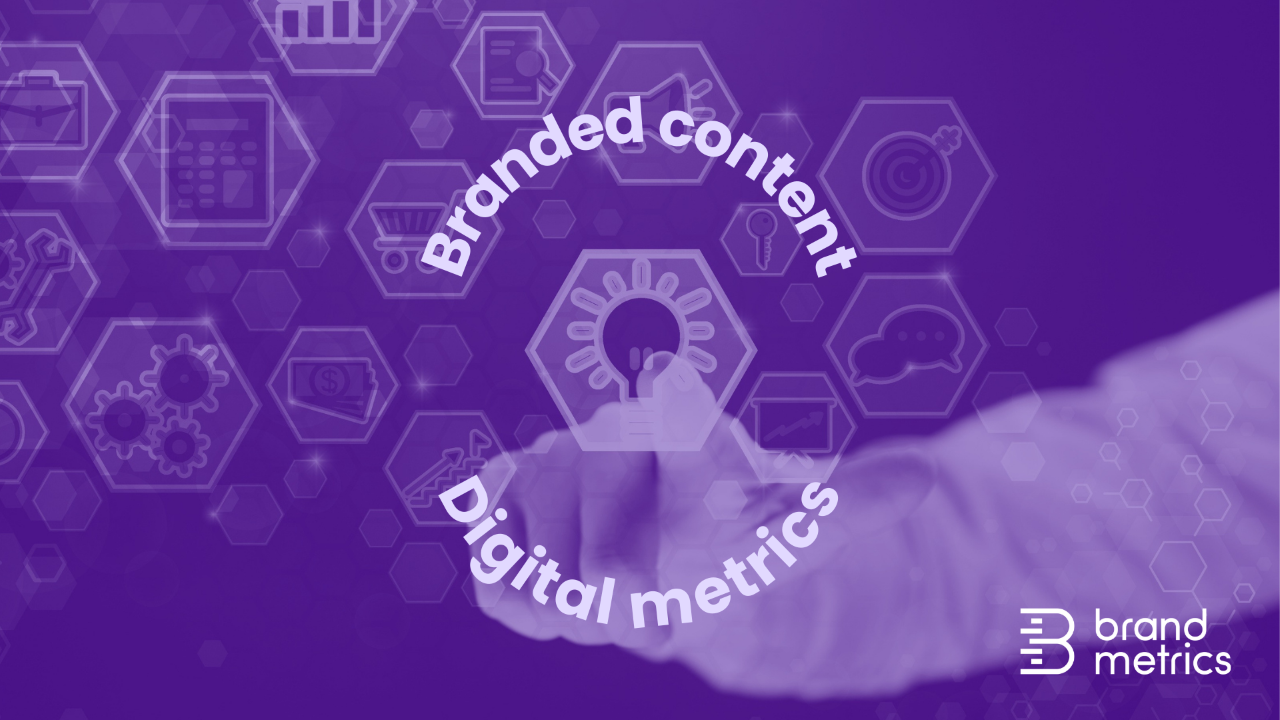Can independent publishers beat walled gardens for campaign performance? Yes. But they need to prove it.

Backing independent publishers against tech giants is not a controversial position. Everyone likes a stylish, creative underdog, and we know quality publishers are the industrious, inventive content engines of the internet, delivering brilliance in defiance of limited budgets. Brands know it too, but nonetheless, Facebook and Google are the ones who get most of their money.
On the face of it, the passing of a digital media world driven by third-party cookie data represents a big opportunity for those publishers. With intrusive tracking off the menu and quality environments and first-party data in high demand, there’s a real chance to turn back the clock and “re-intermediate” the publisher with the marketer.
But there’s a hitch. “If I'm now to have direct relationships with all the publishers, so be it,” said Luang Hung, head of growth solutions at MARS PetCare on an ExchangeWire podcast this summer. “But are the publishers ready for us?”
What’s the problem? The biggest problem is one of convincing measurement. The walled gardens of Google or Facebook, ruthless commercial machines that they are, have it in spades, supported by rich first-party data, including a low threshold for brand uplift metrics..
Publishers, by contrast, often struggle to consistently prove that their solutions deliver the outcomes brands need - ones like ad recall, brand awareness and consideration. Stuck on clicks and views, they lack the depth of campaign measurement research to satisfy the needs of advertisers and their agencies for meaningful real-world results, and the measurement options they do have are usually neither cost-effective nor robust.
The inevitable result is that advertising budgets flow frictionlessly into the hands of the big guys. Brands and their agencies might like to work more closely with independent publishers, but while they lack the data to go and get more budget for independent publishers, they can always find a data-driven justification to put more money with YouTube.
So at this point, publishers have work to do if they are to make brands as confident buying advertising in the open web as they do within walled gardens.
The industry recognises it too. “If there was one thing we could fix in digital advertising it would be measurement,” noted Quantcast CEO Konrad Feldman on another recent podcast. “We have tended, as an industry, to value what's measurable, rather than really trying to measure what's valuable.”
The requirement, as Wavemaker head of display and social Sophie Strong put it in the same discussion, is for metrics that leave behind the “bad habits” of digital media. “Why is it that we optimise towards engagements and clicks as metrics? Why are we not looking to get deeper under the surface of business outcomes?
“We picked up this bad habit because we don't have the correct measurement in place to optimise towards the actual outcome we want to guarantee,” she said. “We could make it better just by investing correctly.”
If publishers are to break directly into the consciousness of brands, they need to talk in the language that makes marketers’ hearts beat faster. Clicks, engagement and views - which the big platforms win on, anyway - are out. That popular media buzzword ‘attention’ doesn’t necessarily cut it either - attention isn’t a campaign effect most brands pay for, even if it might be an indicator of an effect.
What’s required are metrics like brand awareness, brand consideration, brand preference, action or purchase intent. And if they are to compete, publishers need to up their measurement game, which means offering campaign measurement, against metrics like these, to many more clients. Facebook offers a “cost per lifted user” which is essentially a “look, I had a tiny effect on SO many people!”. Publishers, on the other hand, can talk about having a depth of impact that I don’t think the platforms can compete with.
Once they have the data, publishers will get really good at explaining their value, but they can also get great at delivering it too. At Brand Metrics, we see that publishers who measure more actually deliver better outcomes for brands, as the insights from measuring brand lift at scale are delivered not just to clients, but into the sales, planning and even creative teams.
More publishers need to learn this language if they are to demonstrate that their results are capable of matching or exceeding those of the data-rich, brand-literate tech giants. Because it’s not the quality of their campaigns that sets the budget-grabbing platforms apart from independent publishers; it’s the fact that they can prove it.
Check out this piece published in New Digital Age











